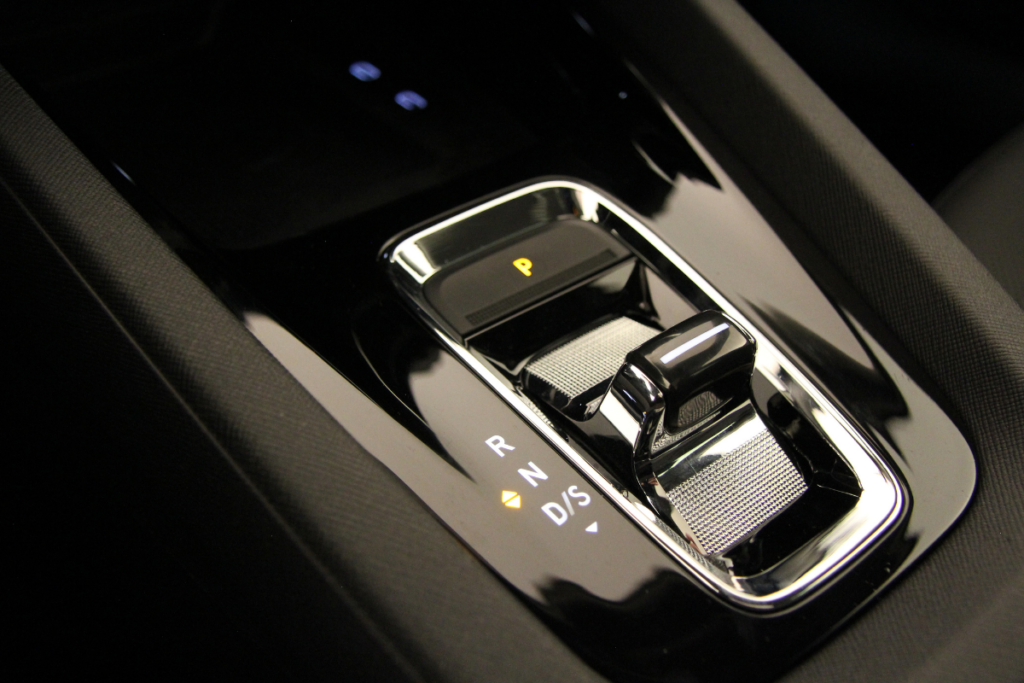We all know how crucial the gearbox is for any vehicle, regardless of whether it’s manual or automatic. It plays a key role in converting the engine's power into speed by adjusting the rotational speed and torque accordingly.
Given its critical function and inherent complexity, ensuring the quality of the gearbox is paramount. Doing so not only extends its lifespan but also prevents potential disruptions to the vehicle’s overall performance.
Over time, however, drivers often develop habits that can inadvertently harm this vital component. To help you maintain your car's gearbox effectively, we’ve compiled some practical tips that can make a big difference.
Read also: Top Tips to Protect Your Car Engine
Best Practices for Manual Gearboxes
While automatic vehicles are growing in popularity, manual cars remain a popular choice among many drivers who enjoy having full control over gear changes and acceleration. However, improper handling of the manual gearbox can lead to unnecessary wear and tear on both the clutch and the gearbox itself.
Here are some ways to safeguard your manual gearbox and ensure it lasts as long as possible.
Avoid Resting Your Hand on the Gearstick
One of the most common bad habits among drivers is placing their hand on the gearstick while driving. Not only does this pose a safety risk, as it limits your ability to react quickly, but it can also exert undue pressure on the transmission system. This practice accelerates wear and shortens the lifespan of the manual gearbox.

Shift to Neutral When Stopped
Do you leave your car in gear with your foot on the clutch when stopped at a traffic light? This is a common mistake that drivers make, not just at intersections but anytime they pause for a moment.
Instead, when the vehicle is stationary, it’s best to shift to neutral and remove your foot from the clutch. This reduces strain on the clutch and gearbox, ultimately extending their lifespans.
Don’t Use the Clutch to Control Acceleration on Hills
Finding the clutch point can be tricky, especially on inclines. As a result, many drivers rely too heavily on the accelerator, which can harm the manual gearbox over time.
Avoid Keeping Your Left Foot on the Clutch Pedal
This is another common habit that beginners often fall into. Continuously resting your foot on the clutch pedal leads to gradual wear and tear, affecting the clutch's performance in the long run.
Downshift Only When Necessary
Many drivers tend to accelerate when their car slows down, which might seem harmless. But this habit not only increases fuel consumption but also puts extra stress on the gearbox. Instead, downshift to the previous gear when the car begins to lose momentum. This helps prevent issues like stalling at low revs and ensures smoother operation.
Start in First Gear
Starting a car in second gear can cut the clutch's lifespan in half and potentially damage the gearbox mechanics. Always begin in first gear to avoid these risks.
Don’t Shift to First Gear While Moving
Similarly, avoid shifting directly to first gear while the car is still in motion, even if the speed is low. This can put excessive strain on the drivetrain and lead to mechanical failure. Wait until the car comes to a complete stop before engaging first gear.
Read also: Debunking Common Car Myths – Part 1

Best Practices for Automatic Gearboxes
Unlike manual gearboxes, automatic transmissions handle gear changes automatically, making them less prone to damage from poor driving habits. Nevertheless, there are still some important precautions to take.
Park Properly
Always ensure the car is fully stopped before applying the handbrake and shifting into Park (P). This prevents unnecessary wear on the transmission.
Use Neutral When Stopped
Automatic vehicles can remain stationary with the gear selector in Drive (D), but keeping it there for extended periods can cause unnecessary wear. For stops lasting longer than a minute, shifting to Neutral (N) is recommended to reduce wear and minimize vibrations inside the cabin.
Change the Gear Oil Regularly
Automatic gearboxes rely on oil to function smoothly. Over time, this fluid degrades due to temperature fluctuations, losing its effectiveness. Just as you change your engine oil periodically, make sure to replace the gearbox oil as well to maintain optimal performance.
By following these guidelines, you’ll not only protect your car’s gearbox but also enhance its reliability and longevity. Happy driving!
Chemical Stainless Tank Trailers,Chemical Tank Trailers Buying Guide,Acid Tank Trailers
Shandong Tenda Vehicle Co. LTD , https://www.tendavehicle.com